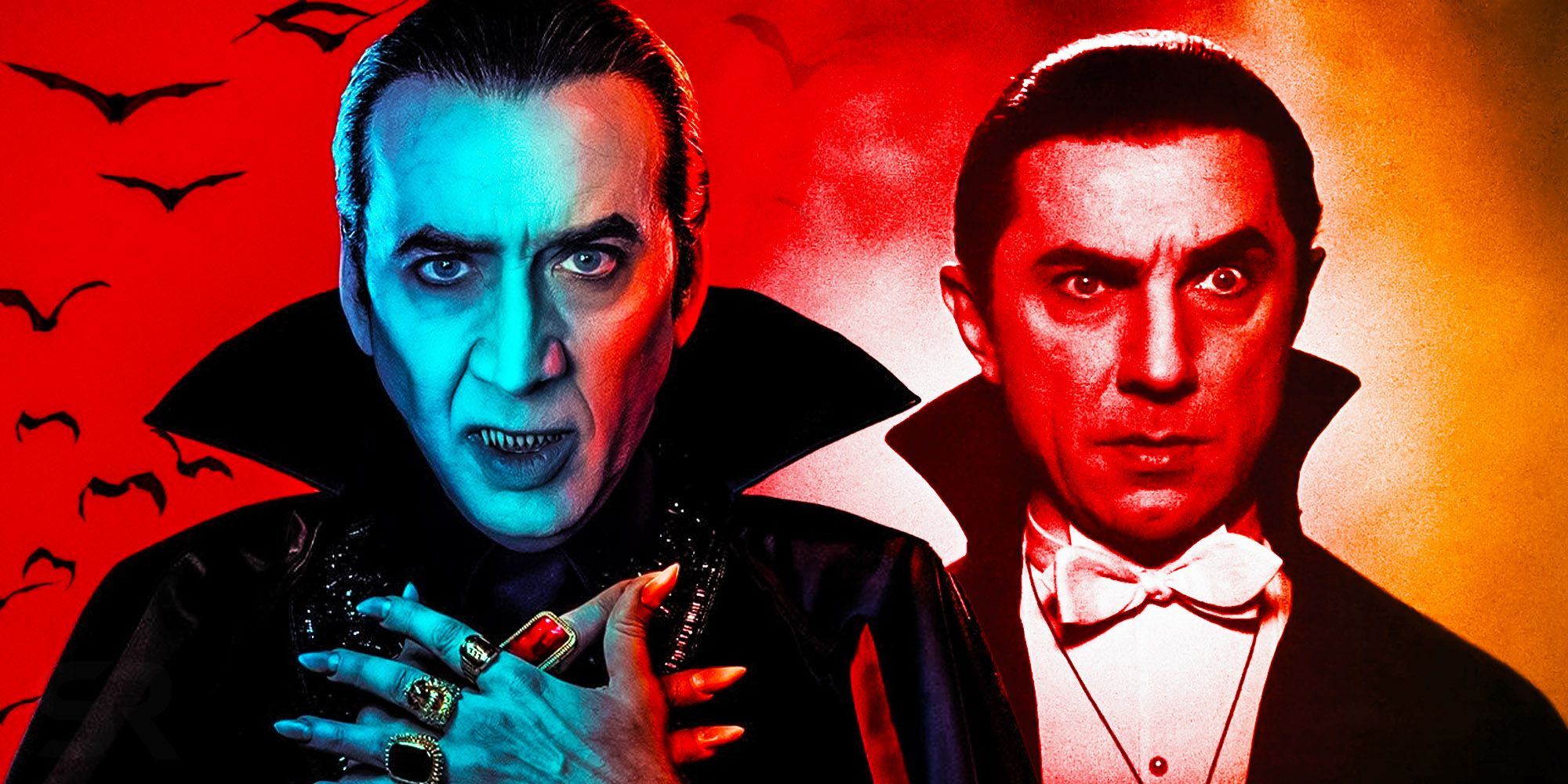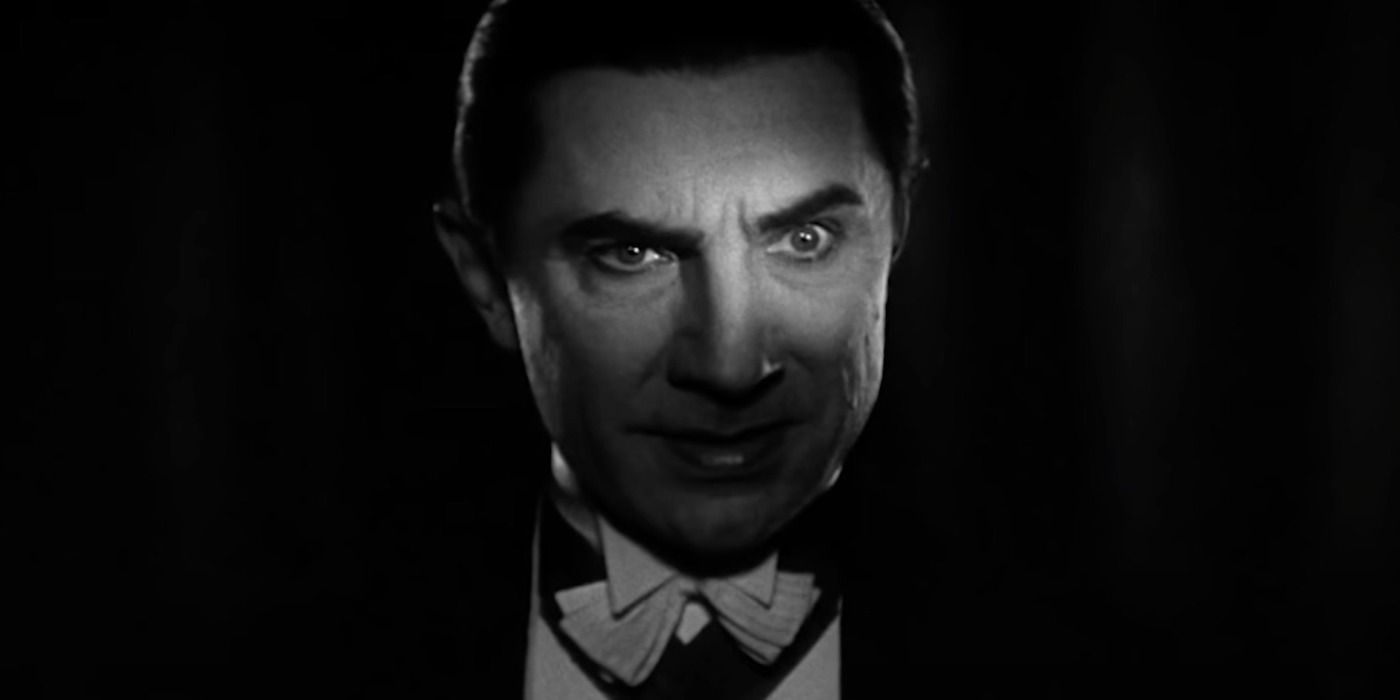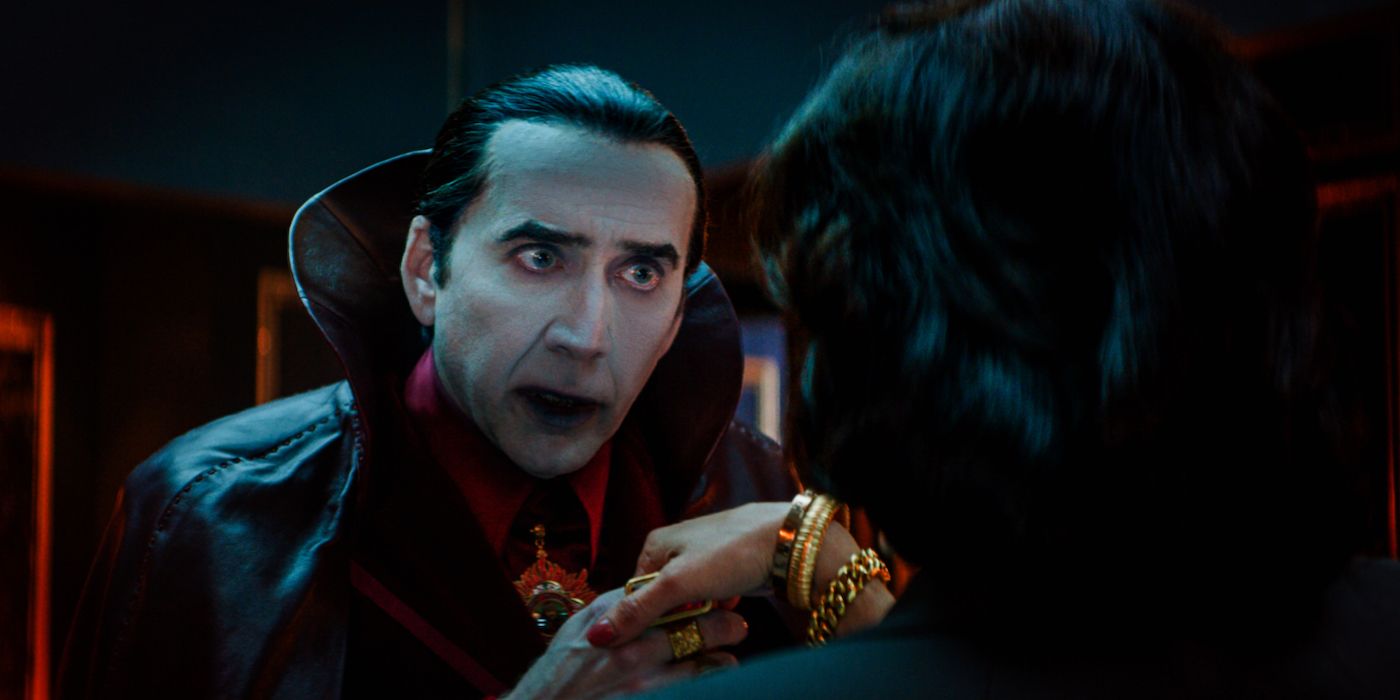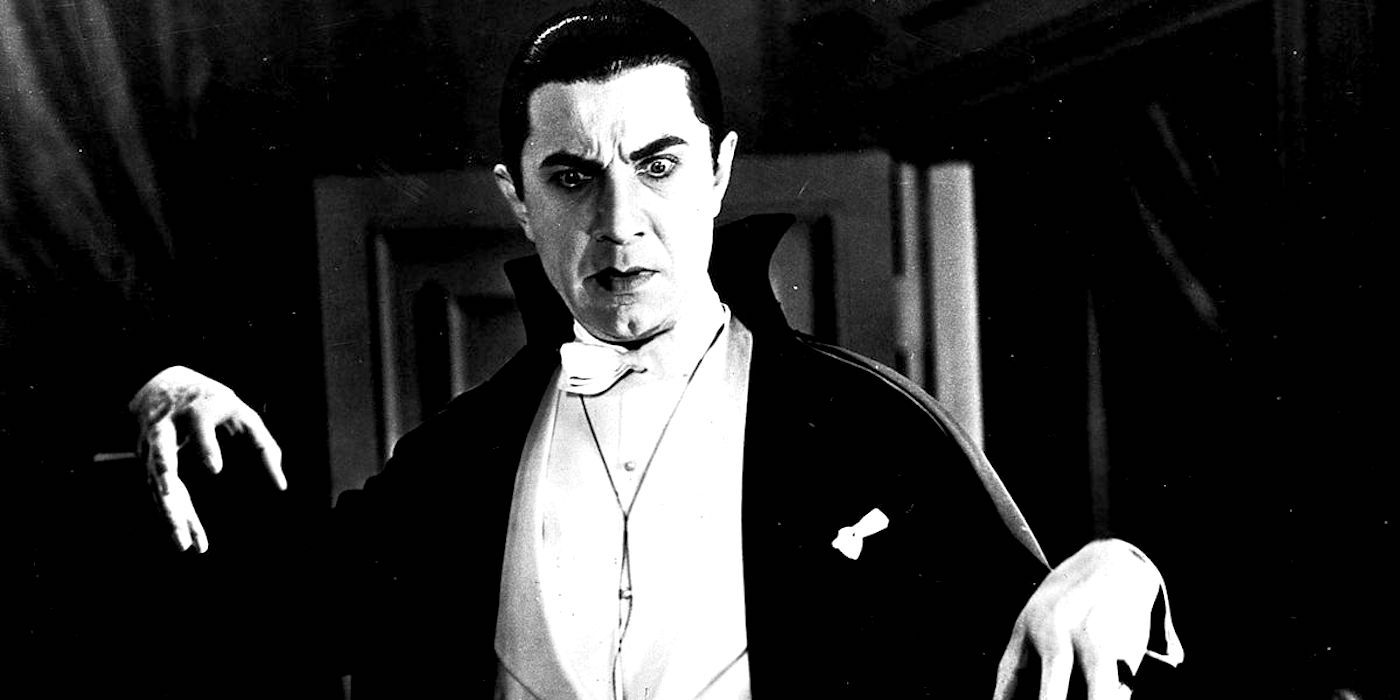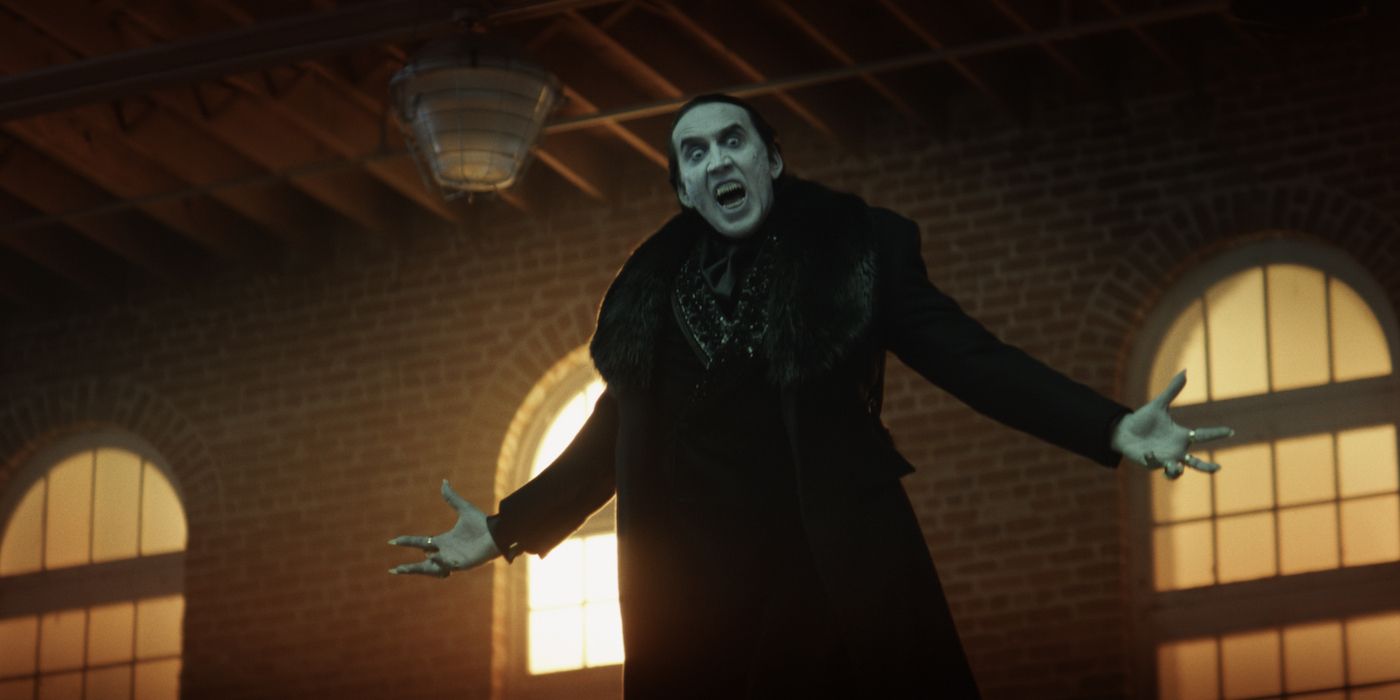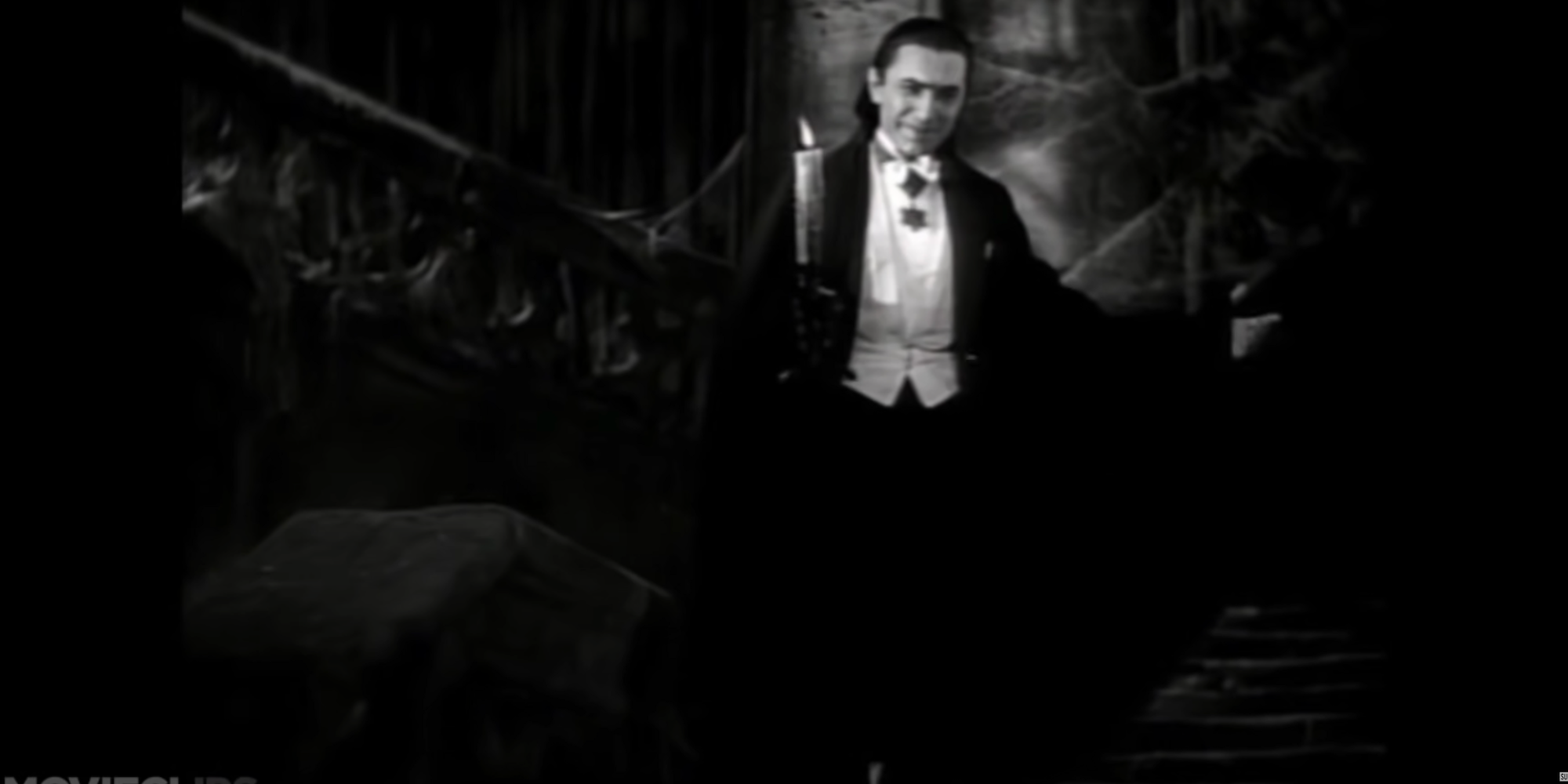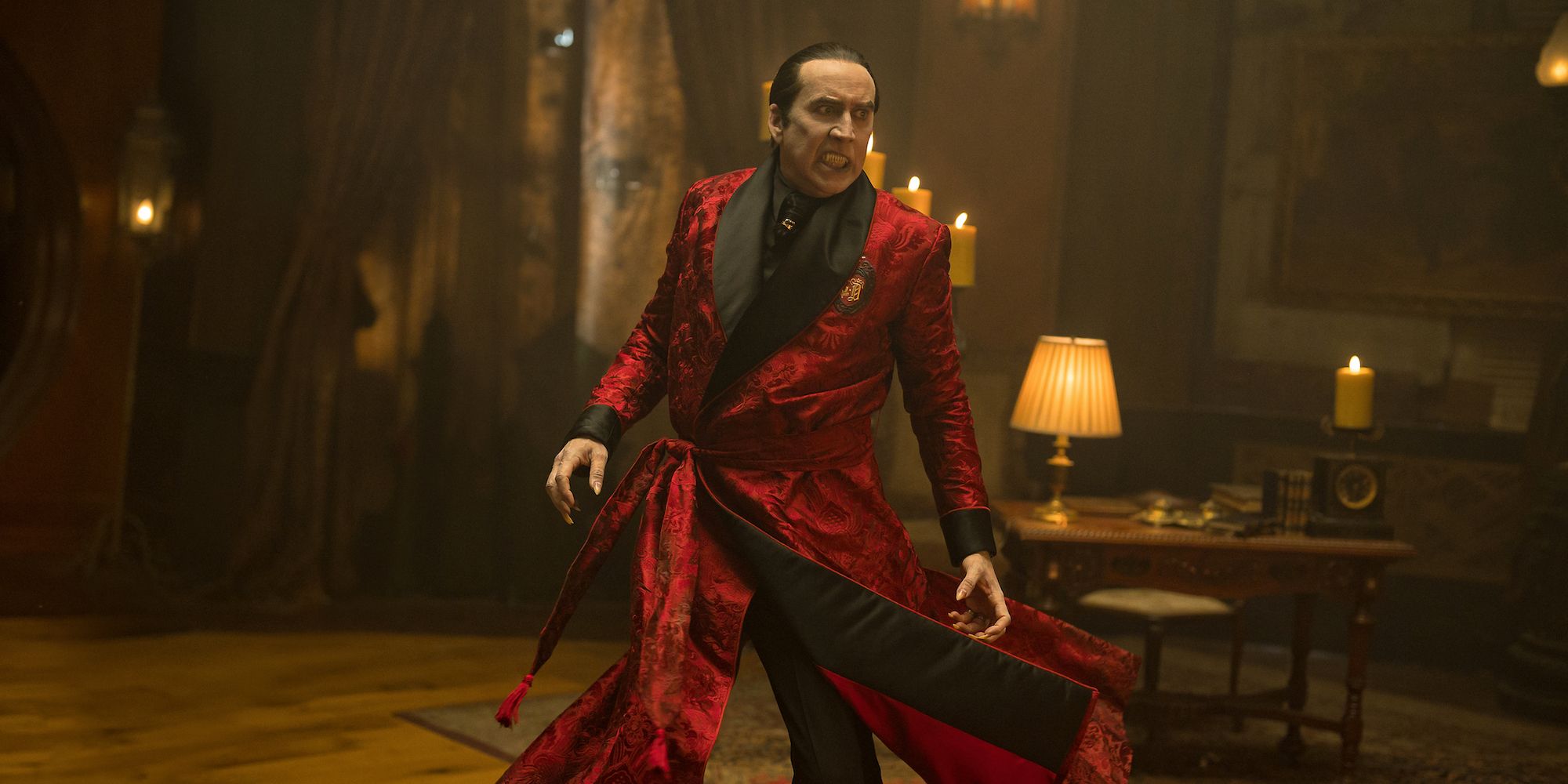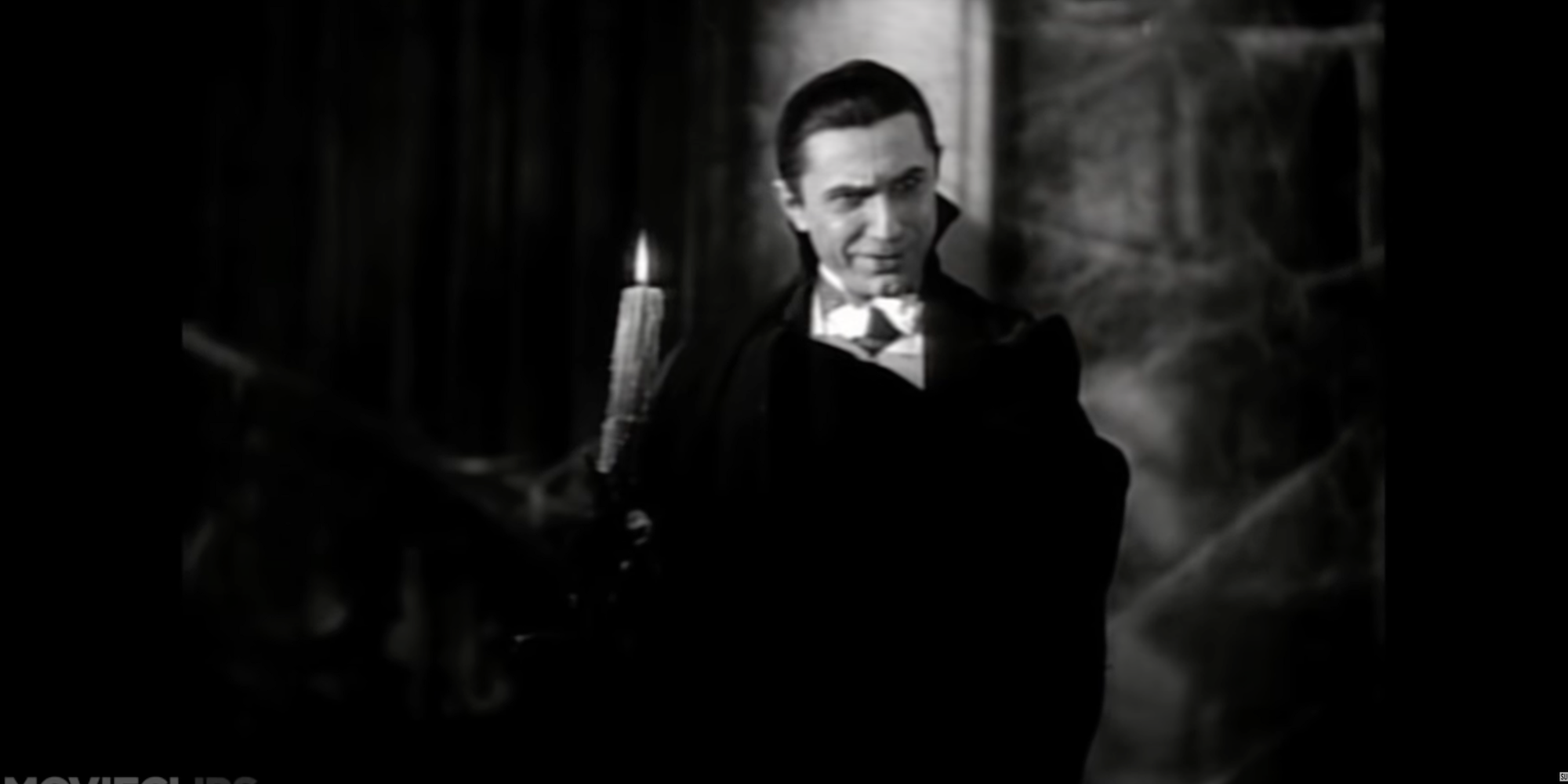Warning: This post contains spoilers for Renfield
Nicolas Cage is certainly in his element as Renfield’s Count Dracula, and while there are homages to Bela Lugosi’s iteration of the character from 1931’s Dracula, there are quite a few differences as well. Renfield is a continuation of the black-and-white film’s story, with nearly a century having passed, the focus shifts to Renfield, Dracula’s familiar, and his attempts to leave his codependent relationship with his boss.
Cage isn’t the first (or the last) actor to embody the role of Count Dracula, the ancient vampire who seduces and preys on people. The supernaturally-gifted figure has a long history in film, with notable actors such as Ray Liotta, Adam Sandler, Frank Langella, and Luke Evans providing their takes on the character — from live-action to animation. Cage is the latest actor to step into the role, and it immediately brings to mind Lugosi’s performance; this is especially significant considering Renfield’s opening scene is a reenactment of 1931’s Dracula, with Cage and Nicholas Hoult as Dracula and Renfield, respectively. Both actors’ versions of the vampire are distinct, however, making them wholly unique.
Lugosi’s Dracula Is Closer To Bram Stoker’s Character
Bela Lugosi’s Count Dracula is well-known by now, and since 1931’s Dracula was the first adaptation approved by Bram Stoker’s estate, it’s no wonder the actor’s portrayal is also the closest to the author’s description of the character. Lugosi’s Dracula is charismatic and alluring, suave in a way that attracts people to him, and in which he lures his own prey, whereas Cage’s Dracula relies too heavily on Renfield to do all of that for him. While Lugosi’s iteration of the character isn’t exactly like Stoker’s description from the novel, it’s far more accurate than Renfield's version of the character.
Cage’s Dracula Is Heavily Influenced By Other Versions
Nick Cage’s Dracula is an amalgamation of various versions of Dracula, and the actors who previously embodied the role. Namely, the actor drew from Christopher Lee, who played Dracula in 1958’s Dracula and its sequels. Renfield’s opening sequence specifically pays homage to 1931’s Dracula, and plays out like a continuation of the story. Lugosi’s portrayal of the titular character is a performance Cage emulates to an extent for Universal’s latest film, right down to employing certain mannerisms.
Cage also drew influence from Max Schreck’s portrayal of Count Orlok (who was essentially Dracula) in the 1922 classic Nosferatu, as well as his late father, August Coppola, who had a Mid-Atlantic accent he was drawn to. Cage definitely found a way to make Count Dracula his own despite the well of performances he had to draw from. Meanwhile, Lugosi had a much more limited pool to work with. He was only the third actor to portray Dracula at the time of the 1931 film, and the first to bring his sound to life, since the others were silent films.
Lugosi’s Dracula Is More Of A Refined Figure
Lugosi’s Dracula has a look of refinement. His hair is smooth, his appearance giving off an air of poise — a sense of magnificence and arrogance rolled into one. Lugosi aims for Dracula to be perceived as a gentleman, with his posh suits, slicked-back hair, and straight-backed posture. In the 1931 film, Dracula knows what he wants and the ways in which to get it. There’s an air of seduction at play, and Lugosi slips on that mask easily. His Dracula is a stark contrast to Cage’s, who plays a bit more fast and loose with the character.
Nicolas Cage’s Dracula Is Blatantly Violent In Renfield
Renfield is full of bloody violence. Limbs are brutally torn from people’s bodies, blood splatters everywhere, and Dracula is openly vicious in his handling of victims. He bares bloody teeth, chokes Renfield at one point, and unflinchingly murders his familiar’s support group, ripping them to shreds in a show of power and brute force. Comparatively, Lugosi’s Dracula is less openly violent. This was primarily because his film was from the early 1930s and the era wasn’t keen on showing such blatant brutality onscreen. Lugosi’s character was still murderous, but the violence happened mostly offscreen, whereas Cage’s Dracula takes a deep pleasure in showing off that side of his onscreen counterpart.
Lugosi’s Dracula Was Charmingly Sinister
Lugosi had an incredible screen presence and his Dracula was charming yet sinister. His intonation could entice and terrify in equal measure, which was perfect for luring in victims under the guise of charisma. On the other hand, Cage’s Dracula was outright in his attempts at terrorizing people and didn’t try to hide it very well. This was likely due to the fact that Renfield did most of the dirty work for him, whereas Lugosi’s iteration was better engaged with his surroundings and dealings with people. 1931’s Dracula imbued the character with an attraction others couldn’t resist before finally striking. Lugosi’s Dracula was a danger hiding behind an alluring facade.
Cage’s Dracula Is More Fun & Outrageous
It’s obvious Cage is having the time of his life playing Dracula. His version of the character is a little offbeat, silly, and outrageous. The actor leans into the absurdity of it all, playing Dracula with a theatricality that matches the general tone of the film. Suffice it to say, Cage’s iteration of the character is a lot more playful and wild, which can be construed as more entertaining than Lugosi’s take on the role. Cage is over the top in his portrayal, and his Dracula is also more laid-back, having settled into the idea of his superiority in a way that is almost dismissive. Cage’s Dracula, though occasionally menacing, is played for laughs.
Bela Lugosi Is The Better Dracula
While Nicolas Cage’s version of Dracula is wildly entertaining and memorable, Bela Lugosi’s portrayal is pretty much the foundation for every actor who embodied the role thereafter, and who many recall when thinking about the character. His is the definitive Dracula, and the one audiences return to time and time again. Lugosi excels in conveying the vampire’s smoldering confidence, the charming, yet menacing way in which he conducts himself, striking fear in the hearts of those who cross him.
The nuanced layers that make up his performance can’t be beat. Lugosi’s take on the character is someone at the height of his prime, who oozes charisma and a self-assuredness that is apparent whenever he walks into a room. Cage does a great job bringing Dracula to life in Renfield, exploring the character in a new environment and century, but it’s Lugosi’s take on the ancient vampire that is truly set in stone.

